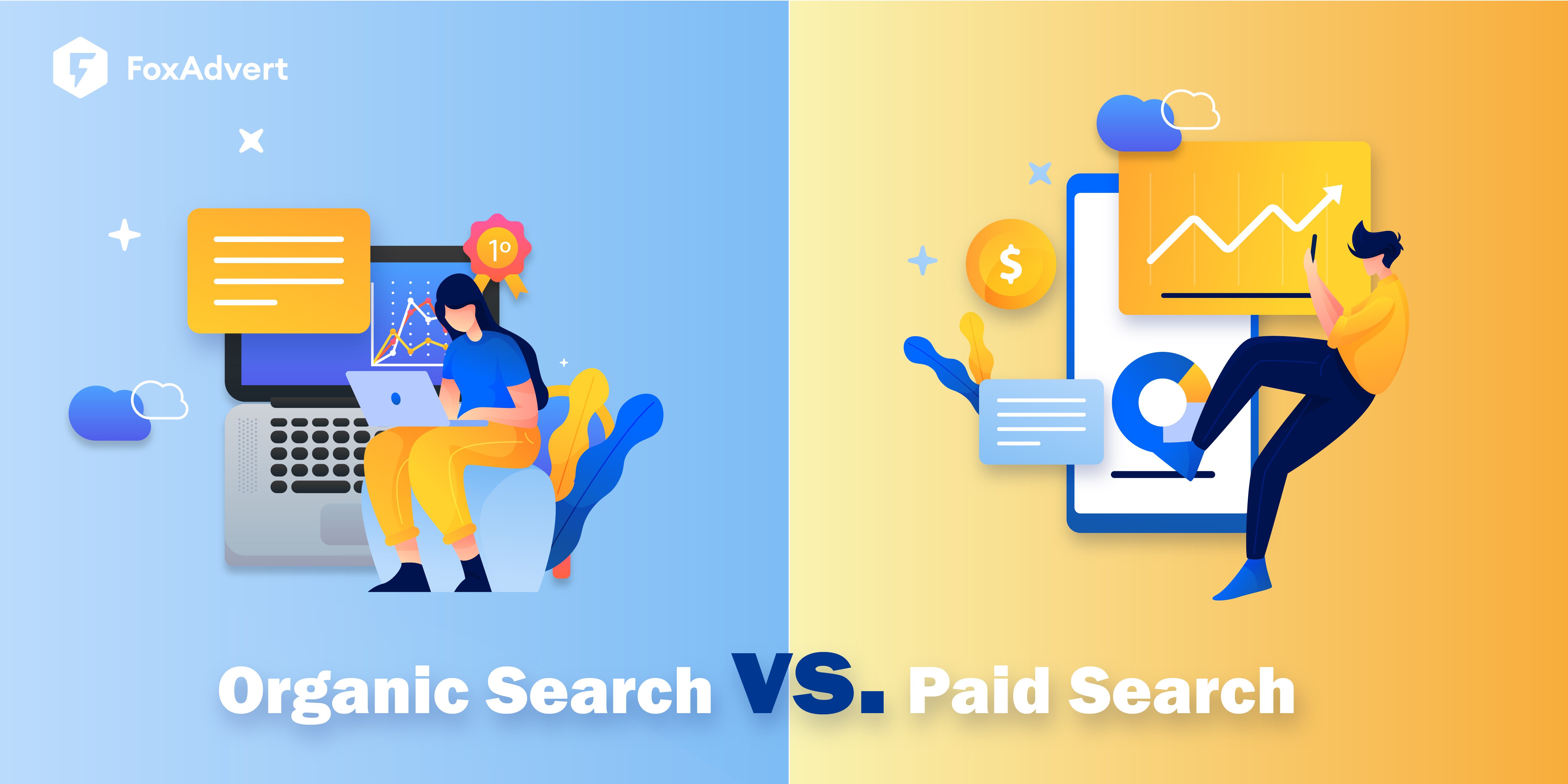
In the rapidly evolving world of digital marketing, two strategies dominate the search landscape: organic search (SEO) and paid search (PPC). As we approach 2025, the question that marketers face is no longer just which one to choose but how to maximize both to stay ahead of the competition.
In this article, we will explore the strengths of each approach, the emerging trends for 2025, and offer actionable insights to help you decide which strategy will drive the most traffic for your business.
Organic search has always been the bedrock of sustainable online visibility. Unlike paid ads that stop bringing results when the budget runs out, organic search delivers consistent, long-term traffic as a result of effective SEO strategies. By 2025, search engines will be more advanced, using AI and machine learning to better understand user intent and provide more accurate search results.
2025 Trend: SEO will become even smarter with the increased focus on content relevance and user experience. As algorithms evolve, providing high-quality, user-centric content will become the cornerstone of ranking success. For instance, content optimized for voice search and semantic search will see a rise in rankings.
Actionable Tips:
● Optimize for User Intent: By focusing on the actual needs behind the search queries, you can craft content that answers the user’s question directly, improving engagement and boosting your rankings.
● Mobile Optimization: With mobile-first indexing now standard, make sure your site is mobile-friendly to rank higher and improve user experience.
● AI-Driven SEO Tools: Leverage AI tools to optimize your content, track real-time rankings, and understand user behavior for smarter SEO decisions.
Example: A tech startup saw a 30% increase in organic traffic over 6 months after implementing an SEO overhaul focused on voice search optimization and content depth. Their rankings improved steadily, driving consistent growth without paid ads.
Paid search provides immediate results, allowing brands to gain visibility and traffic almost instantly. Through Google Ads, Facebook Ads, and other PPC platforms, businesses can target specific keywords and audiences with precision, generating qualified leads. However, with the rise of automation and machine learning, paid search is becoming more efficient than ever.
2025 Trend: AI will play a more dominant role in optimizing paid search campaigns, dynamically adjusting bidding strategies, and automatically optimizing ad creatives for higher conversion rates. This will allow marketers to run more effective campaigns with reduced effort and cost.
Actionable Tips:
● Targeting and Segmentation: Use more refined audience segmentation to target high-intent users and improve conversion rates. Retargeting will also play a crucial role in maximizing the effectiveness of your PPC ads.
● A/B Testing for Optimization: Constantly test different versions of ad copy, creatives, and landing pages to find the most effective combination that drives conversions.
● Use Smart Bidding: Take advantage of Google’s smart bidding strategies, which automatically adjust your bids based on real-time data, improving ROAS (Return on Ad Spend).
Example: A fitness app brand saw a 15% increase in conversions by fine-tuning their Google Ads campaigns, leveraging retargeting, and using smart bidding. With this, they were able to capture high-intent users while keeping ad spend under control.
While both organic and paid search have their own merits, the real magic happens when you combine both strategies for a cohesive, multi-channel approach. By combining the best of organic search and paid ads, you can achieve more visibility, greater reach, and higher conversions.
2025 Trend: The blending of SEO and PPC strategies will become more integrated. Marketers will utilize data-driven insights to allocate budget more effectively between paid and organic campaigns, optimizing their efforts across both channels to achieve a balanced, long-term strategy.
Actionable Tips:
● Optimize Paid Search for Brand Awareness: Use paid search to drive immediate traffic, build awareness, and test new keywords. Once you identify high-performing keywords, optimize them for organic search to drive sustainable traffic.
● Leverage Insights for Both Channels: Use insights from paid search campaigns to enhance organic search efforts, like identifying high-converting keywords or topics that attract the most traffic. Similarly, analyze organic search performance to adjust your paid campaigns.
Example: An e-commerce site boosted traffic by 30% and improved conversion rates by 25% by integrating organic SEO and paid search. Paid search was used to drive immediate traffic, while SEO efforts focused on long-tail keywords provided sustainable growth.
When it comes to search marketing in 2025, the choice between organic and paid search depends on your business objectives, market competition, and available resources. However, the most successful brands will blend both strategies to create a comprehensive approach that delivers both immediate results and long-term growth.
Key Takeaways:
● Organic search is best for sustainable, long-term traffic growth and building brand authority.
● Paid search is ideal for driving immediate traffic and conversions, particularly in competitive markets.
● Combining both strategies allows you to achieve the best of both worlds—short-term visibility with long-term growth.
At FoxAdvert, we specialize in data-driven digital marketing solutions that help businesses optimize their search strategies. Our expertise in SEO, PPC, and app marketing enables us to help brands unlock their full potential online. Let us guide you in crafting a strategy that blends organic and paid search to bring measurable growth to your business.